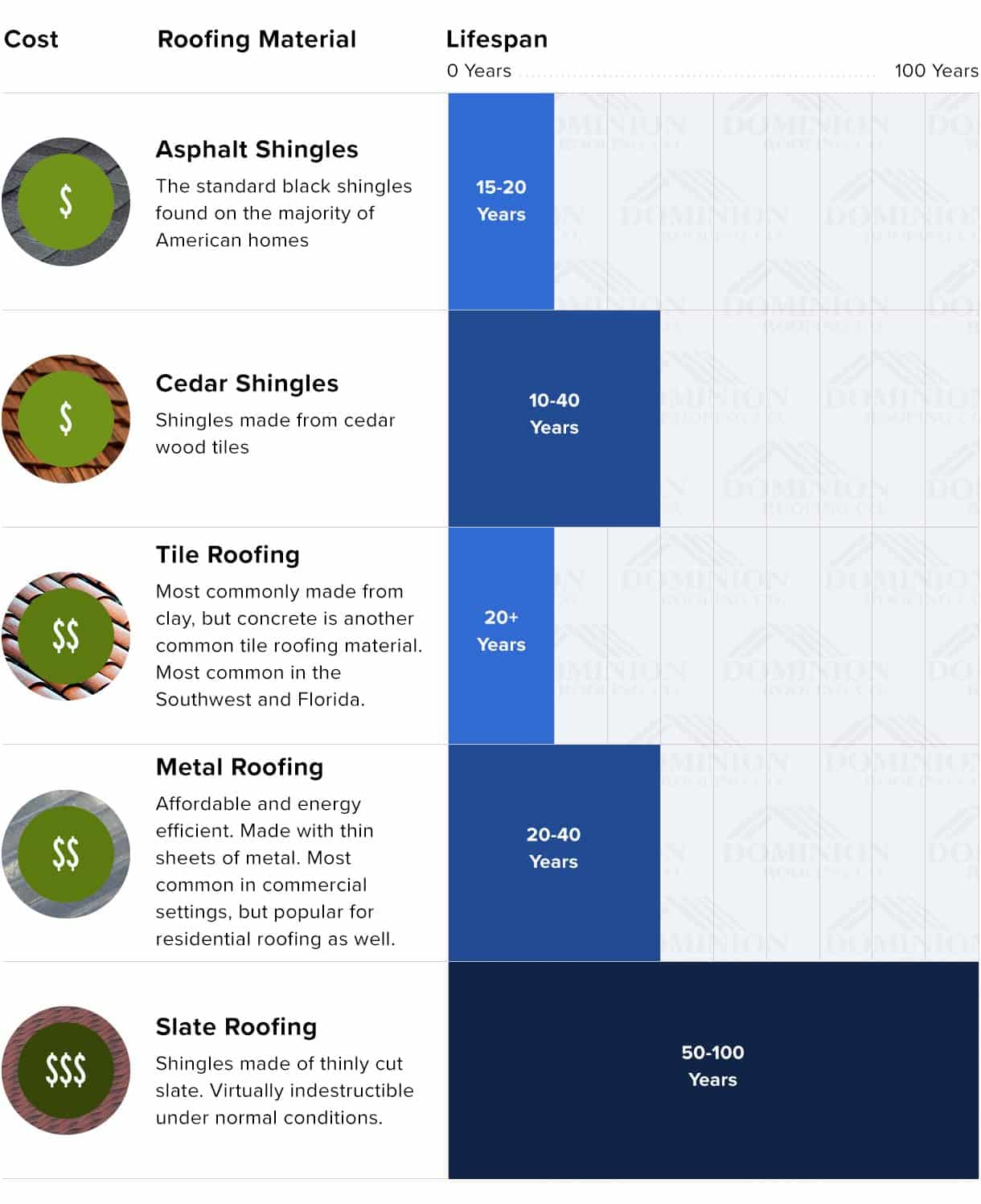The Impact Of Roof Covering Ventilation On The Success Of Installation Tasks
The Impact Of Roof Covering Ventilation On The Success Of Installation Tasks
Blog Article
Short Article Composed By-Lassiter Thomsen
When you're dealing with a roof covering job, you could not believe much about roof covering air flow, but it's even more vital than you recognize. Highly recommended Site aids regulate temperature level and wetness in your attic, preventing troubles like mold and mildew and structural damages. By recognizing how to design and mount a well balanced air flow system, you can enhance power performance and extend the life-span of your roofing products. So, what are the essential factors to think about during installation that can make all the distinction?
Value of Roof Covering Ventilation
Roofing system air flow plays a vital duty in maintaining the general health of your home. By enabling fresh air to flow with your attic room, it assists regulate temperature level and wetness levels. This balance is vital to protect against warm build-up throughout warm months, which can result in raised energy costs as your cooling works overtime.
Moreover, proper ventilation considerably minimizes the danger of moisture-related problems like mold and mold. If kitchen remodeling contractors climb, your home's architectural honesty can be jeopardized, causing expensive repair services. You would not intend to take care of decomposing timber or deformed roof covering materials, right?
Additionally, adequate air flow extends the lifespan of your roof. When warm and wetness are kept in check, your roof can execute efficiently, stopping premature damage. This implies less migraines and expenditures down the line.
Just How Roofing System Ventilation Works
Effective roofing system ventilation relies on the natural movement of air to develop a balance between consumption and exhaust. When you install vents, you're essentially allowing fresh air to enter your attic while allowing hot, stagnant air to escape. This process aids regulate temperature level and dampness degrees, avoiding concerns like mold and mildew development and roof damages.
Consumption vents, normally discovered at the eaves, attract trendy air from outside. At the same time, exhaust vents, located near the ridge of the roof covering, allow hot air increase and leave. The distinction in temperature level produces a natural airflow, known as the pile effect. As cozy air rises, it develops a vacuum cleaner that draws in cooler air from the lower vents.
To maximize this system, you need to make sure that the consumption and exhaust vents are correctly sized and placed. If the intake is limited, you won't accomplish the wanted ventilation.
Furthermore, not enough exhaust can catch warmth and wetness, bring about potential damages.
Secret Setup Factors To Consider
When installing roof covering ventilation, numerous vital factors to consider can make or damage your system's performance. Initially, you require to examine your roof covering's layout. The pitch, form, and materials all affect air movement and air flow choice. Ensure to choose vents that suit your roofing system kind and neighborhood climate conditions.
Next off, consider the placement of your vents. Preferably, you'll want a well balanced system with consumption and exhaust vents positioned for optimal airflow. Place intake vents low on the roof and exhaust vents near the peak to encourage an all-natural flow of air. This arrangement helps stop dampness build-up and advertises energy efficiency.
Do not forget about insulation. Appropriate insulation in your attic room avoids warmth from leaving and maintains your home comfortable. Make certain that insulation doesn't block your vents, as this can hinder airflow.
Finally, think about upkeep. Pick air flow systems that are simple to accessibility for cleaning and evaluation. Regular upkeep ensures your system remains to function effectively over time.
Final thought
To conclude, roofing ventilation is vital for a successful installation. By guaranteeing correct air flow, you can protect against heat accumulation and moisture problems that lead to costly damage. When you strategically setting consumption and exhaust vents, you enhance energy performance and prolong the life expectancy of your roof covering. Remember, a well-ventilated roof not just protects your financial investment but additionally improves your indoor air quality. So, https://www.trussvilletribune.com/2021/04/01/metal-roofing-headquarters-family-owned-roofing-company-on-the-rise-of-metal-roofing-industry/ on air flow to make sure a durable and cost-efficient roofing system for your home.
